- Thread starter
- #81
MJGrowinCat
Well-Known Member
Caution Lots Of Bud Porn Ahead
5/1
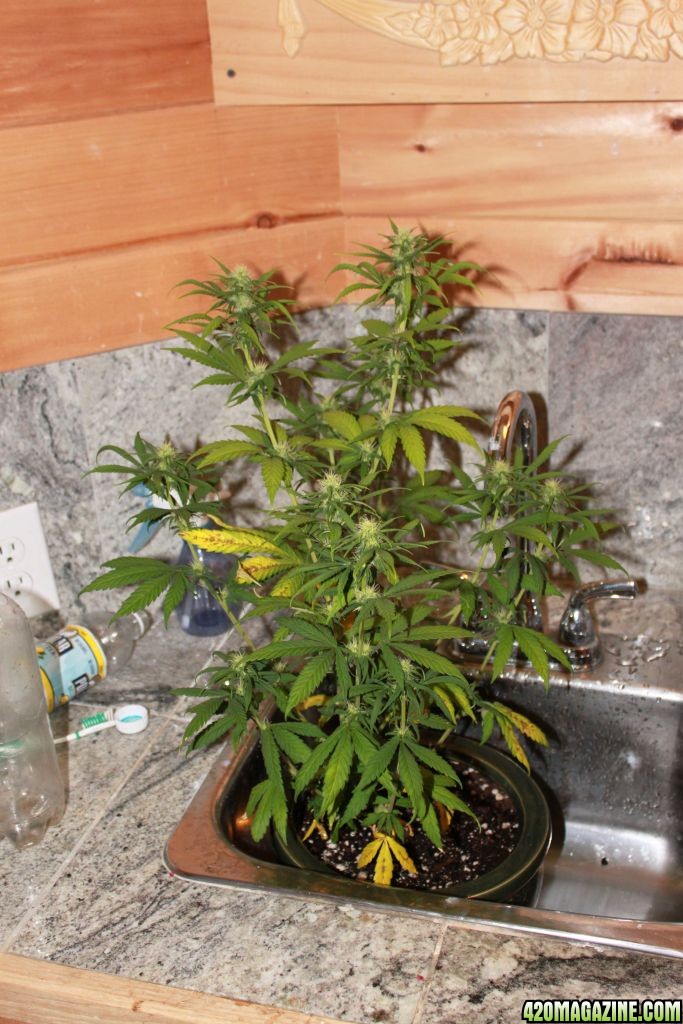
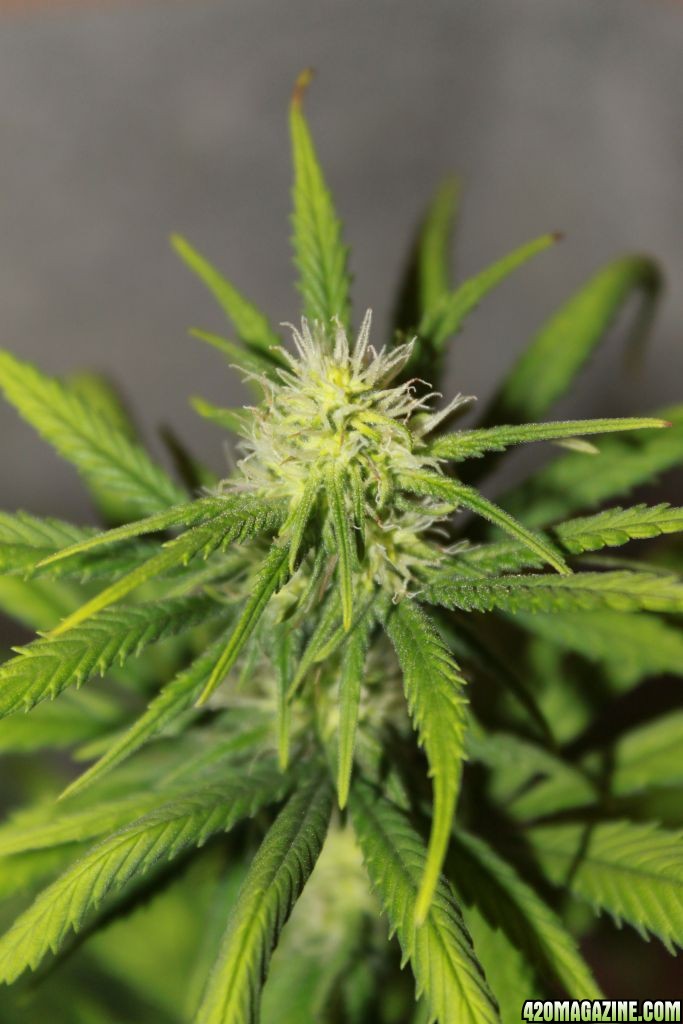
5/2
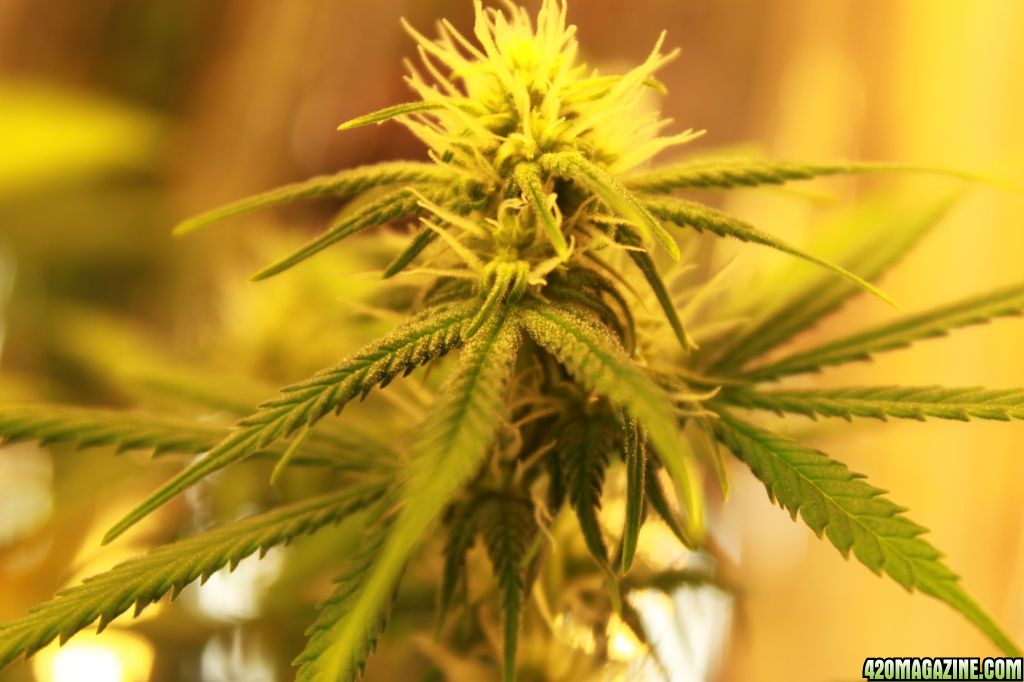
5/4
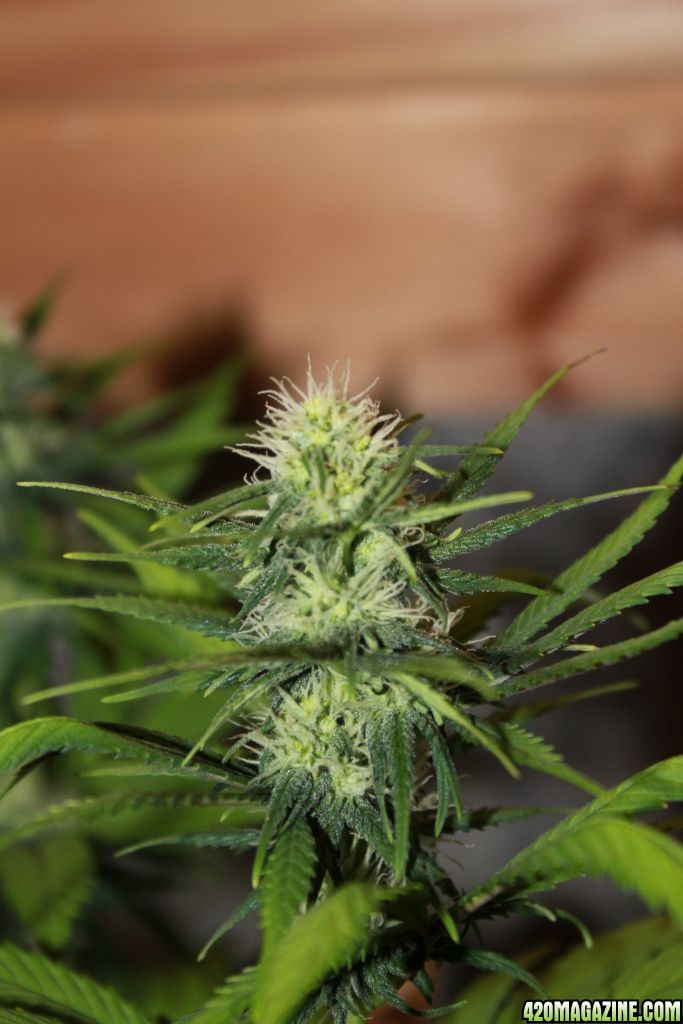
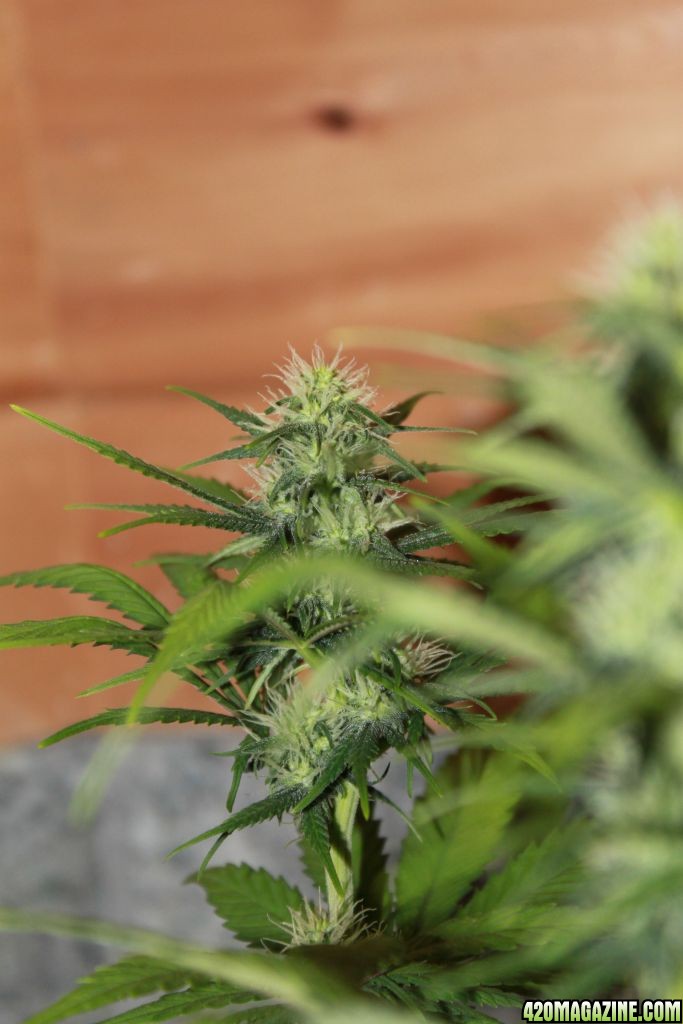
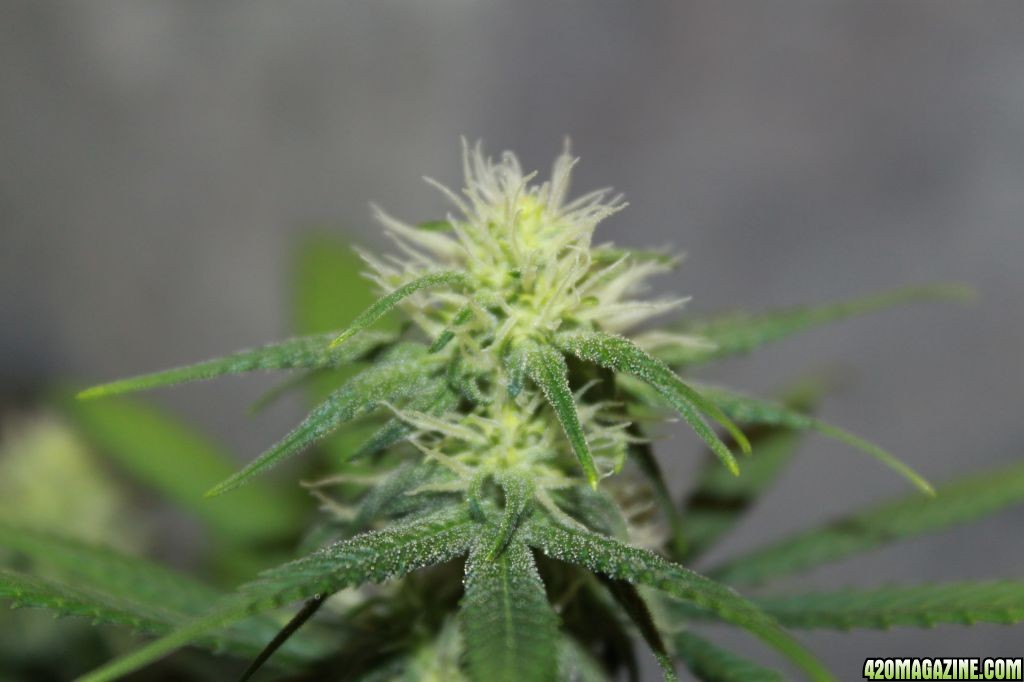
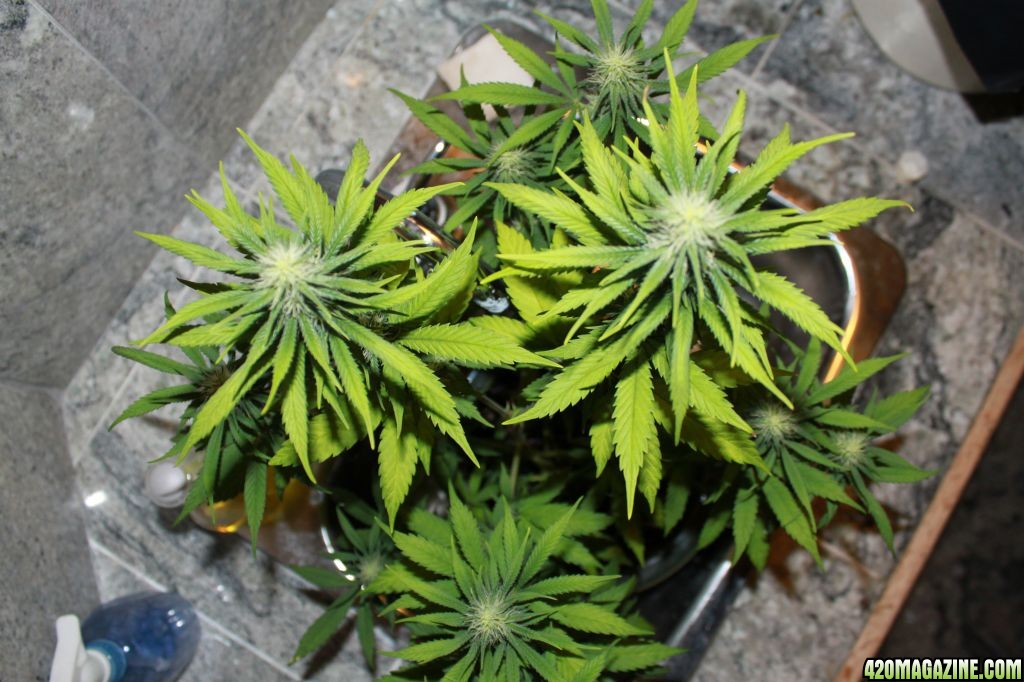
5/1
5/2
5/4
How To Use Progressive Web App aka PWA On 420 Magazine Forum
Note: This feature may not be available in some browsers.

I would not worry about it, you might be suprised on how many people do use the 5500k bulbs.
Always room for improvement futher down the line
Light Spectrums & Colours
Light from the sun is ideal but it's not the same as artificial light, where output quality, spectrum etc varies upon the type of lamp and how it is used. Many growers think that more lumens = better growth / yields, when in fact artificial light, even at its best in a HID or HPS lamp in not so good in terms of colours. Much of the light from the bulb is not used by the plant, mainly because it is not in the 400 to 700 nw (nanawave) spectrum, and plants can only see and use light in this range. Light quality and its colours are as important as lumens.
Light, as seen by plants, is not a single colour but separate bands of active colours and the plant senses each colour-band of light as a separate signal. Each band of colour has a different effect on plants and the following are only a few of the functions, which each band of light promotes.
Blue Light (350 - 500 NW) powers chlorophyll production, powers cell actively, energies the stomata movement and makes the plant follow light.
Green / Yellow Light (500 - 650 nw) ~ not much action from these bands of light.
Red Light (600 - 700 NW) makes sugar from CO2, powers chloroplast production, signals light and dark times among other functions.
Strong blue and red light photons (as above) are also needed for good carbon dioxide uptake.
The PAR scale measures all these coloured photons between 400nw & 700nw, the critical range for plants, as this is only range that plants can use light. If it is not in this range then it's wasted light.
PAR
For growers PAR is all-important ~ and as important as lumens! PAR stands for > Photosynthetic Active Radiation.
Photosynthetic, the light sensed by a leaf pigment.
Active, the light that causes the leaf pigment to become active for making energy
Radiation, another word for light & photon energy
PAR is a measurement scale used internationally as a metric light measurement and is becoming more and more relevant to growing and greenhouse light measurement. Why is it important to you?
PAR is the measure of light that a plant actually senses and uses, and it is the light the plant sees and can use that is more important then the actual output lumen of the grow lamp!
* A large HID lamp may give out loads of lumens, but if it's too far away from your plant most are wasted (remember light intensity diminishes with distance) In addition the light a plant can use from these lamps is limited because the plant cannot see or use it because it is in the wrong spectrum.
So the main value of the PAR measurement is that it is the only measure that takes into account the actual light and light colours that the plant uses to energise its pigments and generate sugar energy, and it's the sugar that makes your plants grow and produce such sweet fruits!
PAR and Fluorescent Lamps
In the past fluorescent lamps were always known to have excellent 'daylight' colour output but not the same photon power as HID / HPS lamps. The spectrum from fluorescents was ideal for propagation/seedlings but not for real time growing, because they were small watt versions and did not have the lumen / photon output. (i.e. an average household fluorescent tube is only about 35 watts. Nice spectrum but low light output! )
HID and HPS lamps have large lumen / photon output but are poor on colours omitted, but these lamps were the best available lamps at the time. However they do generate lots of heat and can be expensive to operate. They also need separate ballasts, control contacts and systems.
Envirolite CFL Lamps (CFL = Compact Fluorescent Lamps)
The development of high-output compact fluorescent means you can now get the correct colour spectrum, always associated with fluorescents, but with much higher light output. This means that CFL's are now capable of much, much higher lumen output with all the benefits of the ideal, spectrum output.
Photon strength is still not as strong as HID Lamps (although with our new reflectors we are getting there) but because these new lamps generate much less heat they can be placed just inches of the leaves, and this is a very, very important factor when using grow lamps
Light Intensity
Light intensity diminishes the further it has to travel. This is the same for HID, CFL or your normal household lamp. If you hold a light meter up close to any lamp and then slowly lower the meter, even a few inches, you will see the light measurement reduces dramatically. (If you can borrow, beg, steal or get access to a light meter please try this ~ you will be extremely surprised at the rate at which the light intensity reduces over a short distance)
Light from an HID or HPS lamp reduces by half for every foot it is away from the plants. So if your lamps are 2' or 3' above your plants much of the light is wasted. The problem with HID lamps is they are so hot you cannot place them close to your plants and much of the light, and your money, is wasted.
One benefit of using high-out put CFL's is that they do not generate as much heat and can be kept almost on top of the plants producing the exact 100% PAR light, with no loss of intensity. So if you position these new lamps close to the leaves you get the benefit of 100% PAR light in the correct 400nw to 700nw range, giving the plant the correct light colours and light quality.
Growing With Envirolites
Envirolites can be used to grow seeds and to propagate cuttings. They can also be used as the main lighting system for plants in the vegetative and flowering stages.
The secret to growing with Envirolites is to position your lamp or reflector just an inch or two above your plants.
(We use Easy-Roll Reflector Hangers and adjust the reflector height a small amount each day or so. We keep our Envirolite no more than 1" above the plant top.)
Positioning these new compact lights directly above the plants maintains light intensity, no lumens are lost and the PAR / Spectrum is 100%, which is like natural sunlight. The plants get all the lumens they need with the light being in the correct spectrum.
Envirolites are available in 2 models: Red 2700k (kelvin) and White 6400k (kelvin)
Red 2700k 125w, 200w and 250w lamps are used mostly for flowering. Many growers also use these lamps as a supplement to 'hang' by the side or in between plants when flowering. They can be used with HPS lamps, as a supplement or by themselves. We use them 100% and no longer use HPS lamps.
White / blue 6400K 125w, 200w and 250w lamps can be used for propagation and vegetative growth.
Some red light in the vegetative light mix is also recommended, as is a little white / blue light in the flowering mix. With different combinations of red and white lamps growers can obtain the ideal lumen output and spectrum required for excellent results in all stages of growing.
Envirolites provide 100% PAR, which is such an important factor and it is important to be able to calculate the PAR values obtained from your grow lights and how much light your plants need to give maximum yield. If you are using HID / HPS lamps you should contact your supplier and ask them about PAR output, it is important that you know this as well as lumen output.
These brief notes are to only give you a very brief introduction into how plants work, how light is measured in horticultural world and the importance of PAR as well as lumens. I hope it stimulates you to learn a little more about lights, plants, pigment, PAR and produce!
Envirolite Summary
Envirolites are effective, energy-saving, reliable, low heat generating horticultural grow lamps, giving excellent results and lower operating costs for all indoor growers.
Plants need light in the correct spectrum, which is proven to be between 400 & 700 Nana Wave, and Envirolites produce high output light in exactly this spectrum. There is no wasted light, unlike HID and HPS lamps were much of the light cannot even be seen or used by the plant.
Envirolites give 100% PAR (Photosynthetically Active Radiation) high output light and are used successfully for all propagation, vegetative or flowering stages.
Envirolites do not generate excessive heat and can be used directly over plants. This is the secret of growing with Envirolites, positioned directly above, just 3 cm or 4 cm, the top of the plants! Unlike HID lamps, this new generation, grow lamps will not burn your plants.
This is a real advantage compared to growing with HID lamps, as there is no wasted light, which occurs when HID lamps are positioned high above plants. Envirolites give 100 % PAR, correct spectrum, high lumen light directly on top of your plants - where they need it!
- Self Ballasting Lamps - simple to install or wire
- 100 % PAR in the correct spectrum for growing
- Generates much less heat than HID Lamps
- Energy saving lamps give lower operating costs
- High Lumen Output ~ Long Life Operation
- 125w, 200w and 250w Envirolites are available in 2 models:
6400K for Propagation & vegetative growing
2700K for Flowering stage growing





